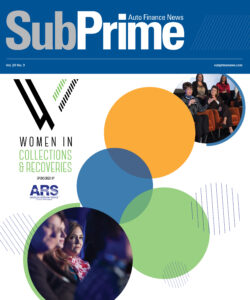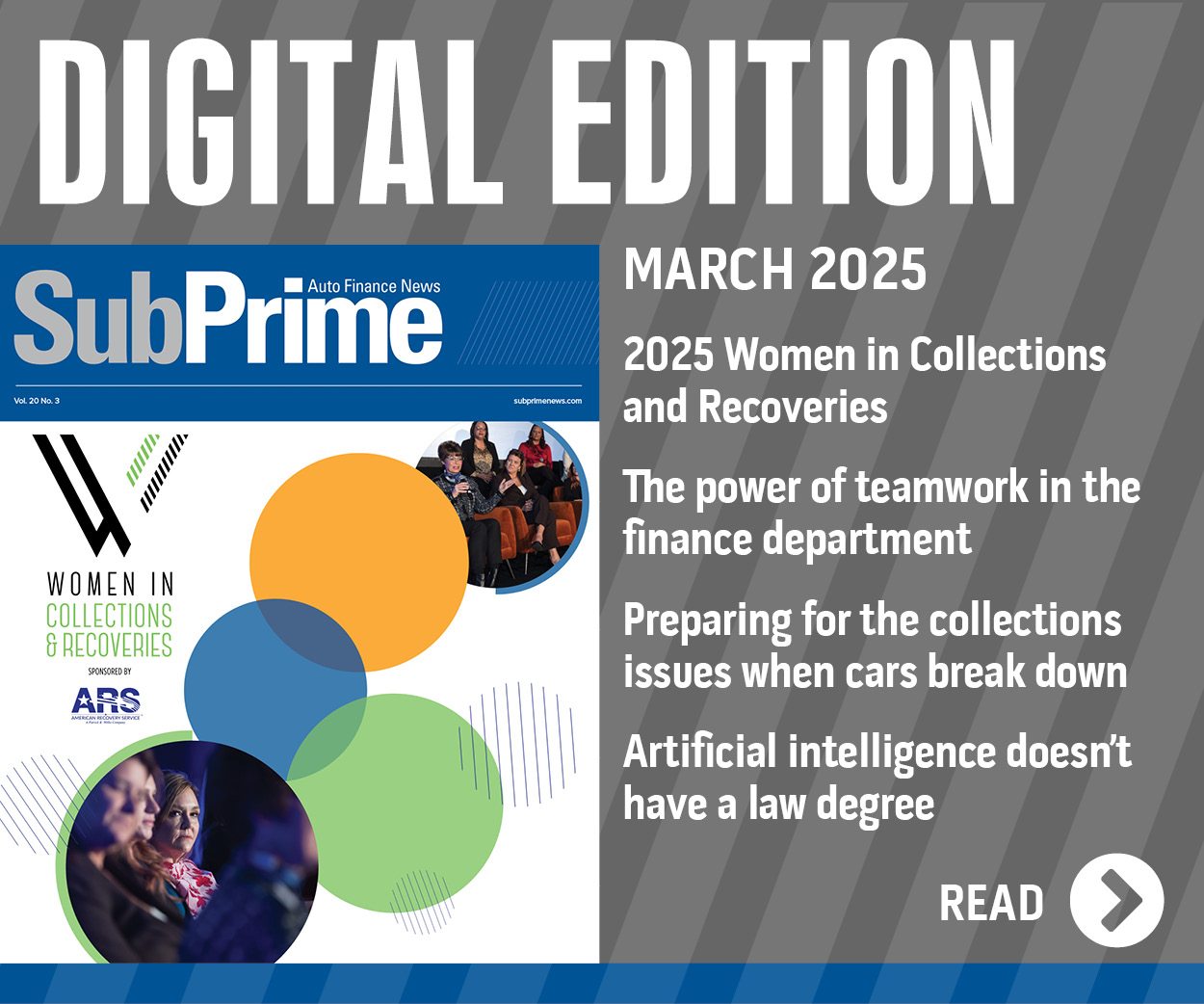Mixed trends surface as Fed approaches last rate move of 2023

Experts see the Federal Reserve leaving interest rates unchanged when policymakers have their last opportunity of the year to make a modification later this week.
The expectation comes in part because of rising consumer sentiment, which happens to be going counter to what dealers’ feelings are as well as the current job market.
Comerica Bank chief economist Bill Adams and senior economist Waran Bhahirethan projected on Monday that the Federal Reserve is “nearly assured” to hold the federal funds target steady at a range of 5.25% to 5.50%.
“The Fed’s policy statement will likely acknowledge the recent decline of inflation (‘progress’ in returning inflation to their target) while repeating that they remain vigilant to the risk of inflation rebounding, and need more evidence that inflation is on a durable downward path before they are ready to start cutting rates,” Adams and Bhahirethan wrote in a commentary distributed on Monday.
“Chair (Jerome) Powell can be expected to acknowledge that the Fed’s next move is probably a reduction in the funds target but emphasize that the Fed is still willing to hike if inflation proves stickier than expected,” they continued.
Comerica predicted that the Fed will make the first rate cut of this cycle with a quarter percentage point reduction in June.
It’s that kind of expectation that prompted Adams and Bhahirethan to recap how the University of Michigan’s Survey of Consumer Sentiment soared to 69.4 in December from 61.3, “well exceeding expectations for a modest increase to 62.0.”
Adams and Bhahirethan explained that the rise in sentiment was “broad-based, with both the current conditions and expectations components rising sharply.
“The report noted that a growing share of consumers are factoring in next year’s elections outcome, which they perceive as favorable for the economy and inflation outlook,” Adams and Bhahirethan continued. “The Fed, which is highly attentive to inflation expectations in setting monetary policy, will be pleased to see a big drop in inflation expectations in the survey.”
But when Cox Automotive surveyed dealers, researchers found operators not sounding as optimistic.
The Cox Automotive Dealer Sentiment Index for the fourth quarter of 2023 showed a sharp drop from Q3, which Cox analysts attributed to the ongoing adverse effects of high interest rates and a weakening economy on the automotive market, the two factors cited most by dealers as holding back their business.
In his blog, vAuto founder Dale Pollak offered three reasons why he thought his Cox Automotive colleagues discovered those sentiments.
Pollak first pointed out that dealers track the health of their businesses on a month-to-month basis.
“In used vehicles, recent month-to-month comparisons haven’t been great,” Pollak acknowledged in his blog. “Used vehicle sales last month were off 7 percent compared to October, and down an overall 2 percent year-over-year.
“Things might seem bleak, but let’s remember: Dealers are still achieving solid used vehicle sales volumes overall, and used vehicle profitability remains far above pre-pandemic level,” he continued. “The problem is that dealers enjoyed a pretty good party in used vehicles in 2021 and 2022, and now we’re feeling the downside.
Next, Pollak mentioned a “multitude” of external conditions that are contributing to dealer pessimism.
“Vehicle affordability. Interest rates. Economic uncertainty. Political uncertainty. Violence across the globe and in our communities. The high cost of everything. The reasons one might feel glum are all around, and they seem to arrive with greater frequency,” Pollak wrote.
Furthermore, Pollak noted that dealers haven’t had to contend with the more margin-competitive environment that’s emerged in recent months.
“This week, my conversations with dealers have focused on right-sizing inventory levels and retail pricing,” Pollak wrote in his blog published on Friday. “Broadly speaking, there’s a reluctance among dealers and managers to face the music on their most-troubled vehicles, and a willingness to cheap-sell their best inventory to meet their volume targets.
“It’s all completely understandable. But, over time, it’ll become increasingly unacceptable. Let’s remember, it doesn’t take much for a margin-competitive environment to become margin-compressed,” he went on to say.
Another expectation about interest rates surfaced on Monday, too, but it arrived with another potential headwind.
The Conference Board Employment Trends Index (ETI) decreased in November to 113.05, from a downwardly revised 113.09 in October.
The Employment Trends Index is a leading composite index for employment. When the index increases, employment is likely to grow as well, and vice versa. Turning points in the Index indicate that a change in the trend of job gains or losses is about to occur in the coming months.
“The ETI continued to trend downward after peaking in March 2022,” said Selcuk Eren, senior economist at The Conference Board. “While the index is still elevated compared to its pre-pandemic level — and job gains are expected to continue in December and early 2024 — the labor market shows clear signs of cooling with fewer opportunities available for jobseekers.
“With the labor market supply and demand coming into balance and consumer price inflation slowing, we believe the Federal Reserve will no longer increase interest rates,” Eren went on to say.

 View The Latest Edition
View The Latest Edition

